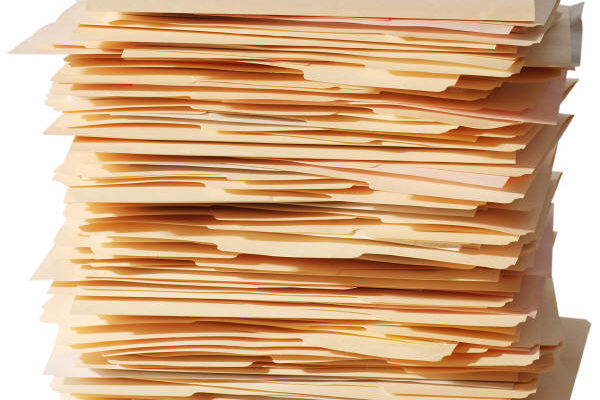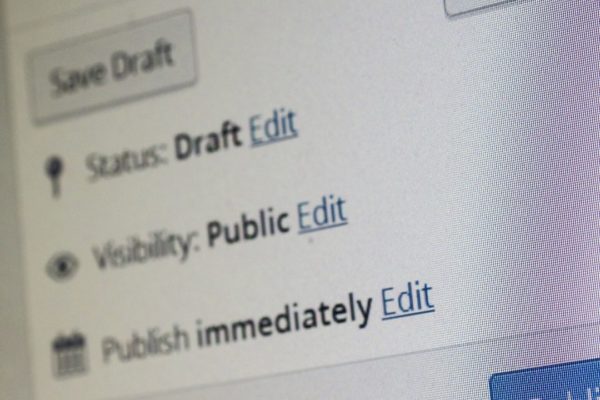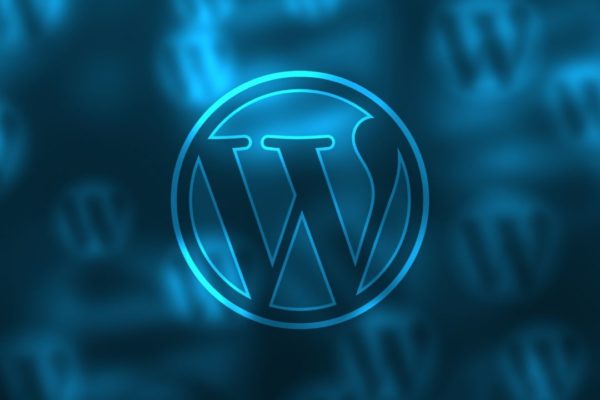Posts filed under: Wordpress
If you manage your own WordPress website, you’ve probably seen the backend alerts for core, theme and plugin updates. It seems simple enough to click the update button and most of the time things go smoothly. It takes just one instance of updates not running smoothly to realize what a...
Headings are a way to break up paragraphs within your blog post. If you have a blog post with several paragraphs and no headers, it can seem very intimidating to a reader. Headers provide an overview to readers and makes longer blog posts less intimidating. If you have a very...
By default, WordPress allows uploading of only certain file types. You can add or remove from the default list as needed. Steps to Editing Allowable File Types in WordPress Go to Settings and select the Settings submenu. Note: On a WordPress multi-site installation, you must be in the Network Admin...
Pages contain static content on your website and are separate from your blog posts. Pages are often used for user profiles, contact pages, testimonials, or other static and commonly linked to information. Just because the page is static does not mean that the content must never change. It is important...
Slide shows allow you to display pictures in a video-like format within a page or blog post. A WordPress plugin may be required for this functionality, and there are many plug-ins available. Contact your webmaster if you need assistance. The instructions below will walk you through how to insert a...
Outline Instructions Provided Below Add New Post Title URL Body of Post Categories Post Tags SEO Settings Saving & Publishing Step 1 – Add New Post Login to the backend of your website. In the Main Menu on the left, look for the POST menu. Click Add New under that...






